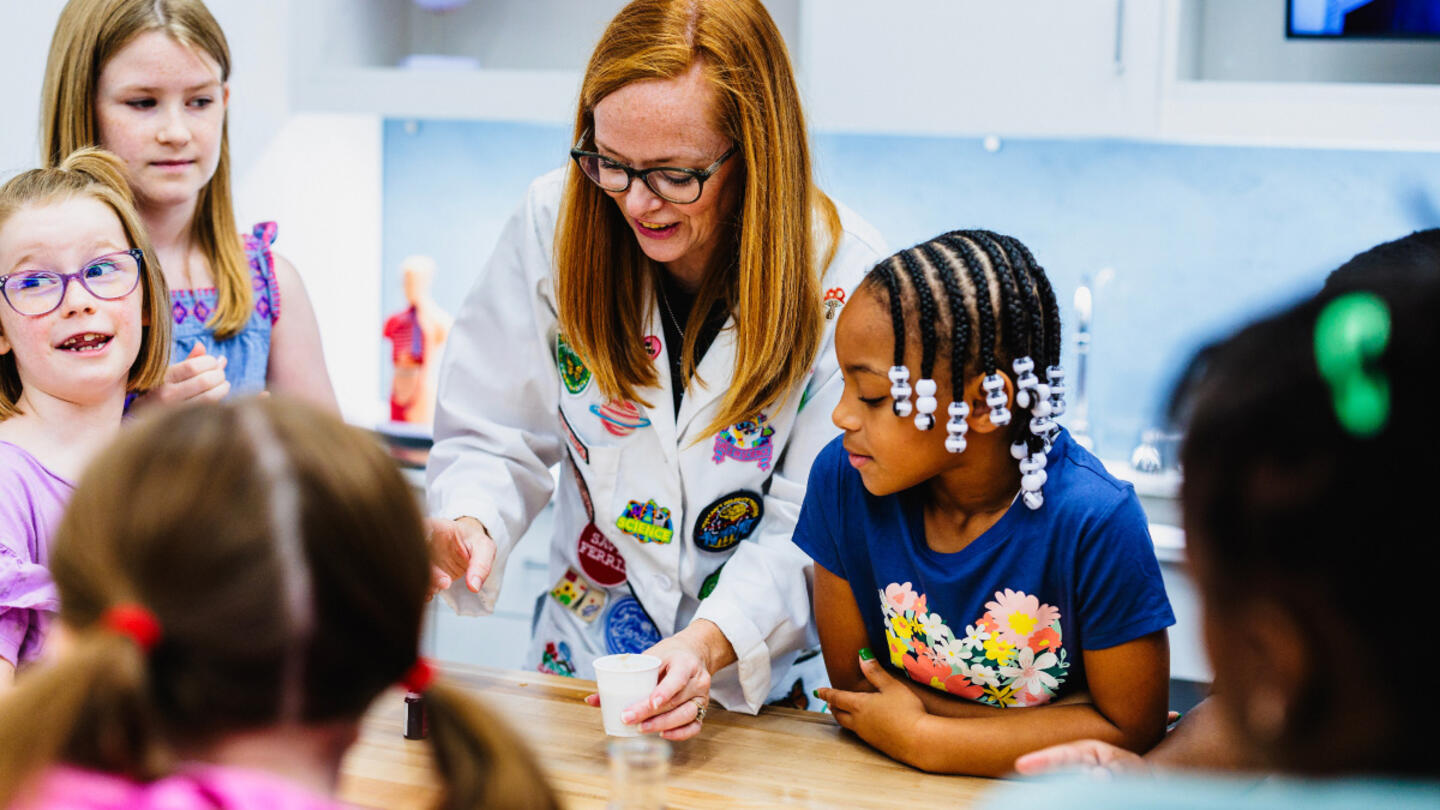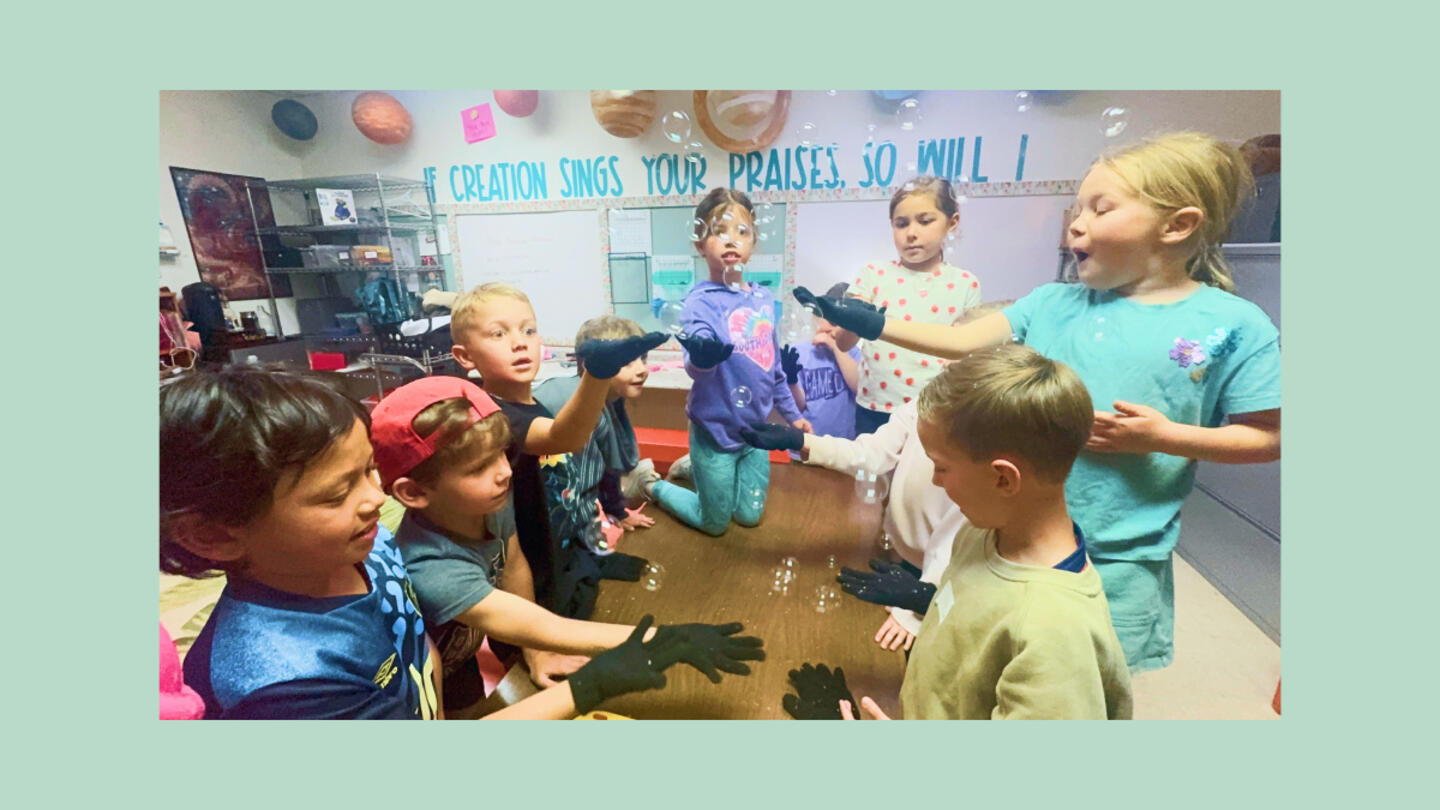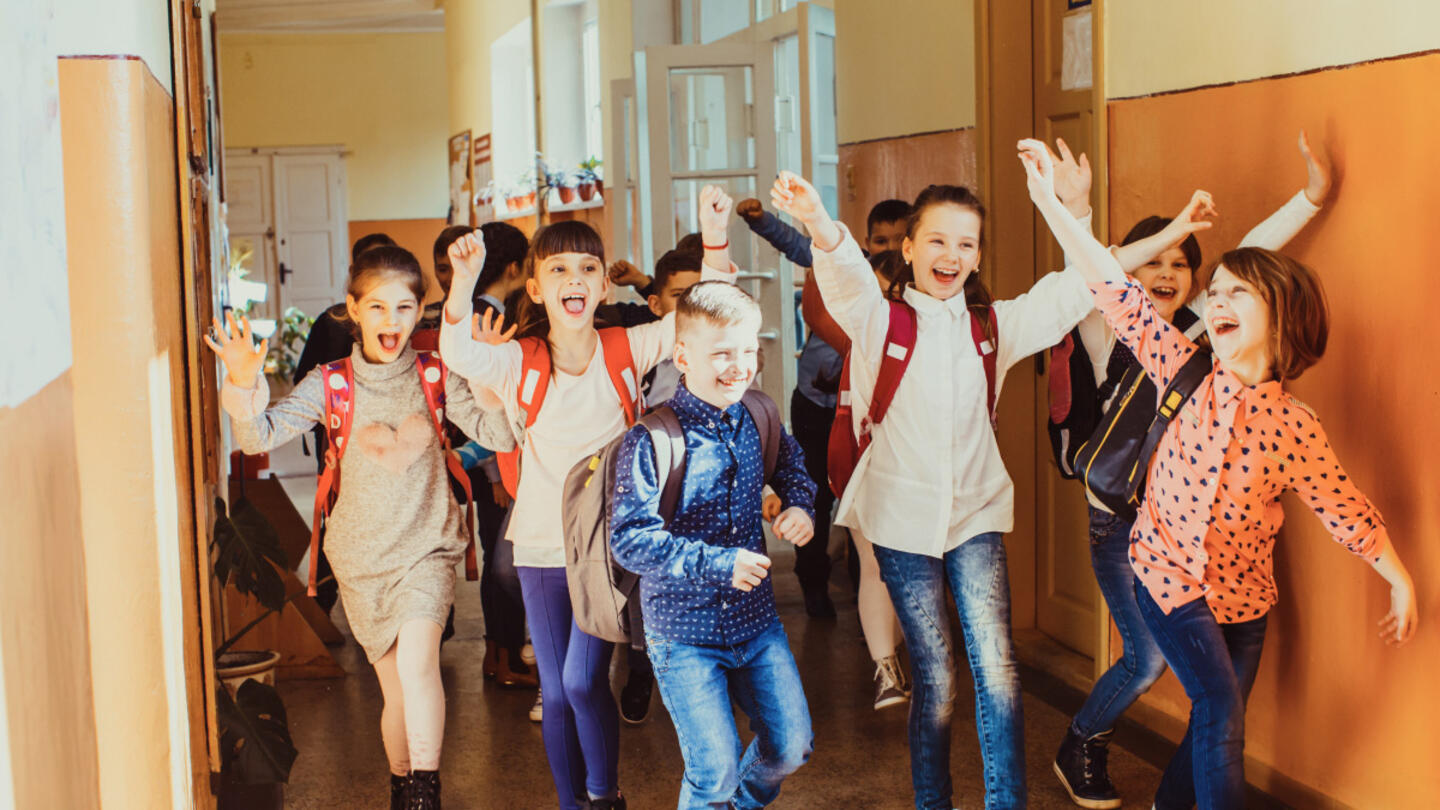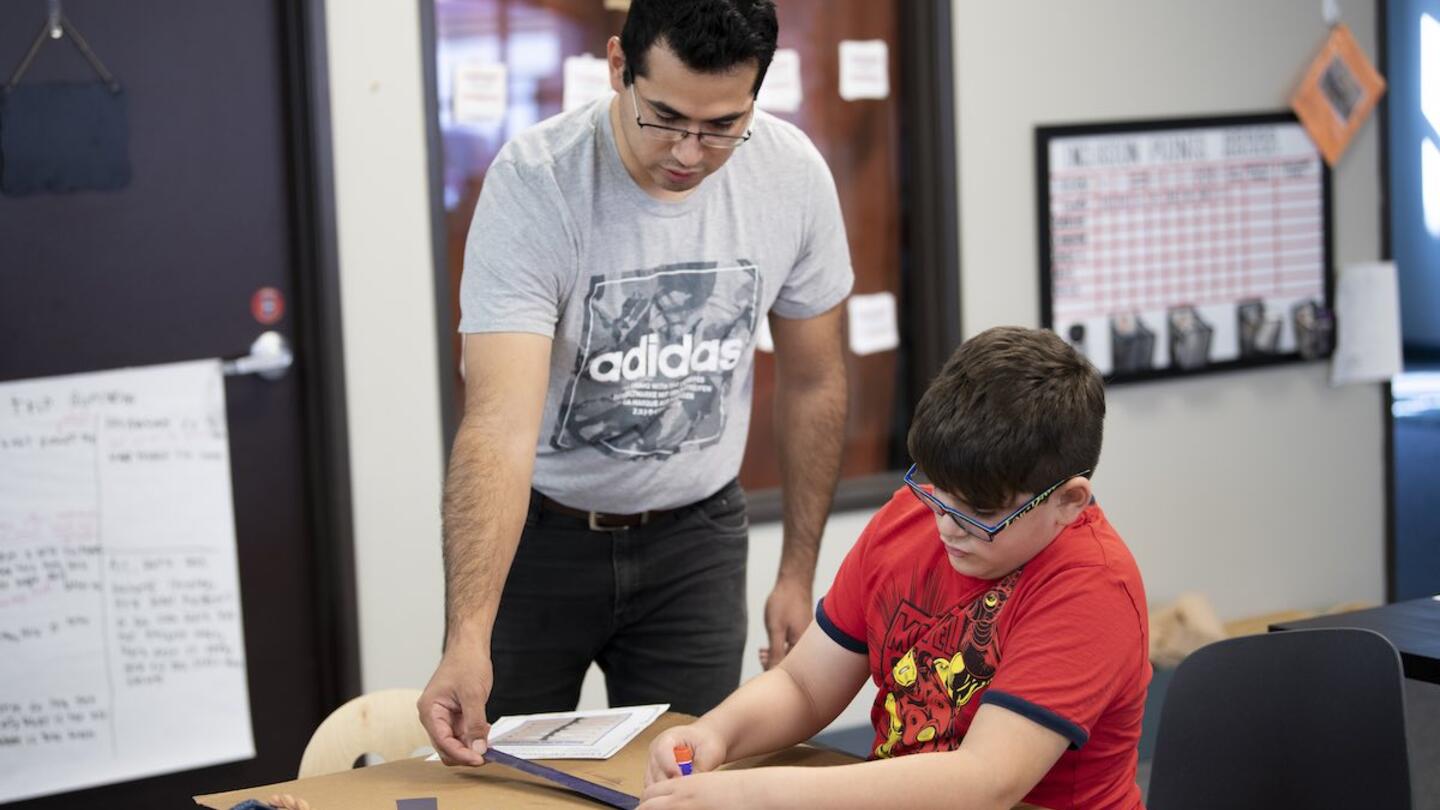In the realm of education, the concept of personalized learning has emerged as a promising approach to enhance the learning experience for every student. By acknowledging and catering to the unique strengths, needs, and interests of each student, personalized learning aims to make education more meaningful and effective. This article explores the essence of personalized learning, its benefits, and how it differs from individualized learning.
The traditional approach to education is a one-size-fits-all model, but students don’t learn the same way. Meet the innovators in education who are charting a path for all students to succeed by helping them pursue their passions and discover their unique gifts.
Understanding personalized learning
Personalized learning, as the name suggests, is an approach to education that tailors the learning experience to the individual needs and interests of each student. Unlike the traditional educational model, which often employs a one-size-fits-all approach, personalized learning recognizes and respects the individuality of each student.
In a personalized learning environment, students are not just passive recipients of knowledge. Instead, they are active participants in their own learning journey, making decisions about what, when, and how they learn. This approach not only fosters a sense of ownership and engagement among students but also helps them develop essential life skills such as self-direction, curiosity, creativity, and collaboration.
The need for personalized learning
The traditional education system, which treats all students the same, has shown its limitations over the years. Many students, despite their unique talents and potential, find themselves disengaged and disheartened by the standardized education they receive. Furthermore, the increasing mental health challenges among students, exacerbated by the COVID-19 pandemic, underscore the need for a more empathetic and personalized approach to education.
Research shows that a significant proportion of students are disengaged by the time they reach 12th grade. Despite the substantial increase in per-student spending over the past few decades, there has been no significant improvement in K-12 outcomes. Moreover, nearly half of college graduates are unprepared for the workforce, and student loan debt continues to rise.
So, how can we break free from this vicious cycle? The answer lies in personalized learning.
Benefits of personalized learning
Personalized learning offers a plethora of benefits for students, educators, and society at large. Here are a few key advantages of this innovative approach to education:
1. Enhanced student engagement: By aligning the curriculum with students’ interests, personalized learning enhances student engagement and motivation. When students see the relevance of what they are learning, they are more likely to take an active interest in their education.
2. Improved learning outcomes: Research shows that personalized learning can improve learning outcomes. Students in personalized learning environments often outperform their peers in standardized tests and have higher graduation rates.
3. Development of essential life skills: Personalized learning not only imparts academic knowledge but also cultivates critical life skills. These include self-regulation, critical thinking, problem-solving, and collaboration, which are crucial for success in the 21st-century workforce.
4. Stronger student-teacher relationships: Personalized learning fosters stronger relationships between students and teachers. By working closely with each student, teachers gain a deeper understanding of each student’s strengths, weaknesses, and learning styles, enabling them to provide more effective guidance and support.
Personalized learning vs. individualized learning
While personalized learning and individualized learning may seem similar, they are not the same. Individualized learning refers to the pace at which learning takes place. It allows students to learn at their own pace, slowing down to grasp complex concepts or speeding up when they are ready to move on.
On the other hand, personalized learning goes a step further. It not only accommodates the learning pace of each student but also tailors the what, how, and when of learning to each student’s unique needs and interests.
In personalized learning, students have a voice and choice in their learning. They are not just passive recipients of knowledge but active participants in their own learning journey. They have the freedom to explore topics that interest them, engage in project-based learning, and apply their learning in real-world contexts.
Implementing personalized learning
Implementing personalized learning in the classroom requires a paradigm shift in the way we approach education. It involves moving away from the traditional teacher-centered approach to a student-centered approach where students take the lead in their own learning.
Here are some crucial steps to create a personalized learning environment:
- Understand each student: The first step towards personalized learning is to understand each student as an individual. This involves getting to know their strengths, weaknesses, interests, and learning styles.
- Involve students in the learning process: Allow students to take an active part in their learning. This could involve letting them choose their projects, set their learning goals, or decide how they want to demonstrate their learning.
- Provide differentiated instruction: Differentiate instruction based on the individual needs and abilities of each student. This could involve varying the content, process, product, or learning environment.
- Use technology effectively: Technology can be a powerful tool to facilitate personalized learning. It can provide access to a wealth of resources, enable self-paced learning, and provide personalized feedback.
- Foster a growth mindset: Encourage students to embrace challenges, persist in the face of setbacks, see effort as the path to mastery, and learn from criticism. A growth mindset is critical for students to take ownership of their learning and strive for continuous improvement.
Sign up for Stand Together's K-12 newsletter and get stories, ideas, and advice from changemakers who are transforming education across the country.
The future of personalized learning
As we navigate through the 21st century, the importance of personalized learning continues to grow. With advancements in technology and a growing body of research supporting its effectiveness, personalized learning is set to revolutionize education in profound ways.
However, the journey towards personalized learning is not without challenges. It requires a shift in mindset, a commitment to innovation, and a willingness to embrace change. But the potential rewards – enhanced student engagement, improved learning outcomes, and the cultivation of future-ready skills – make it a journey worth undertaking.
In conclusion, personalized learning represents a significant leap forward in the field of education. By acknowledging and catering to the unique needs and interests of each student, it promises to make learning a more engaging, meaningful, and effective experience for all.
Additional K-12 education resources
- Access Stand Together’s K-12 Education Landscape Report.
- Download Stand Together’s Education Research Papers.
- Access Stand Together’s Guide To The Best Education Programs.
Learn more about Stand Together’s education efforts, and explore ways you can partner with us.

This colearning space has the potential to bridge the divide between public and private education.

New Johns Hopkins data shows homeschooling’s recent surge has transformed the education landscape.
Step 1: Find the best learning environment for your child. Step 2? Figure out how to pay for it.

Here’s what happens when AI replaces teachers.
